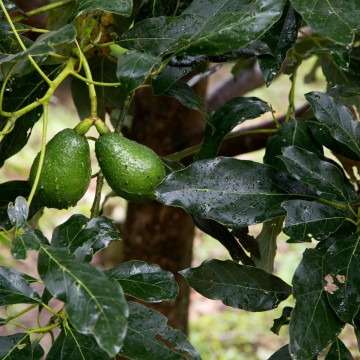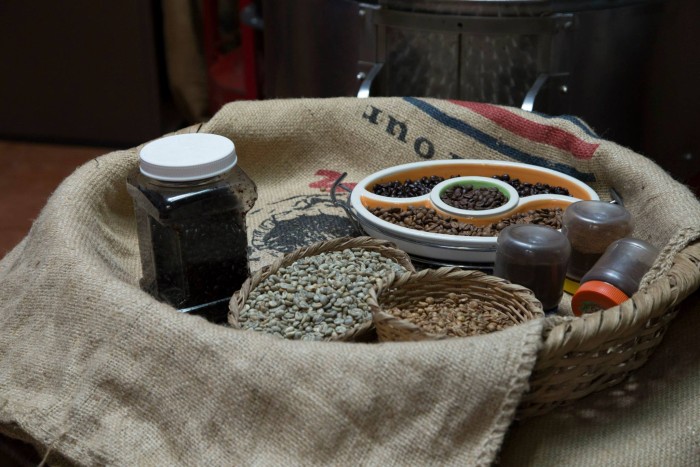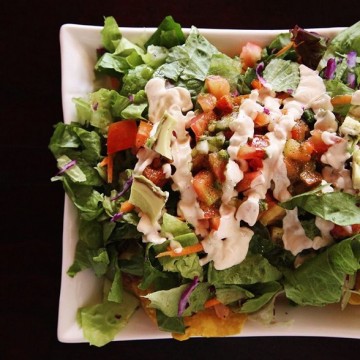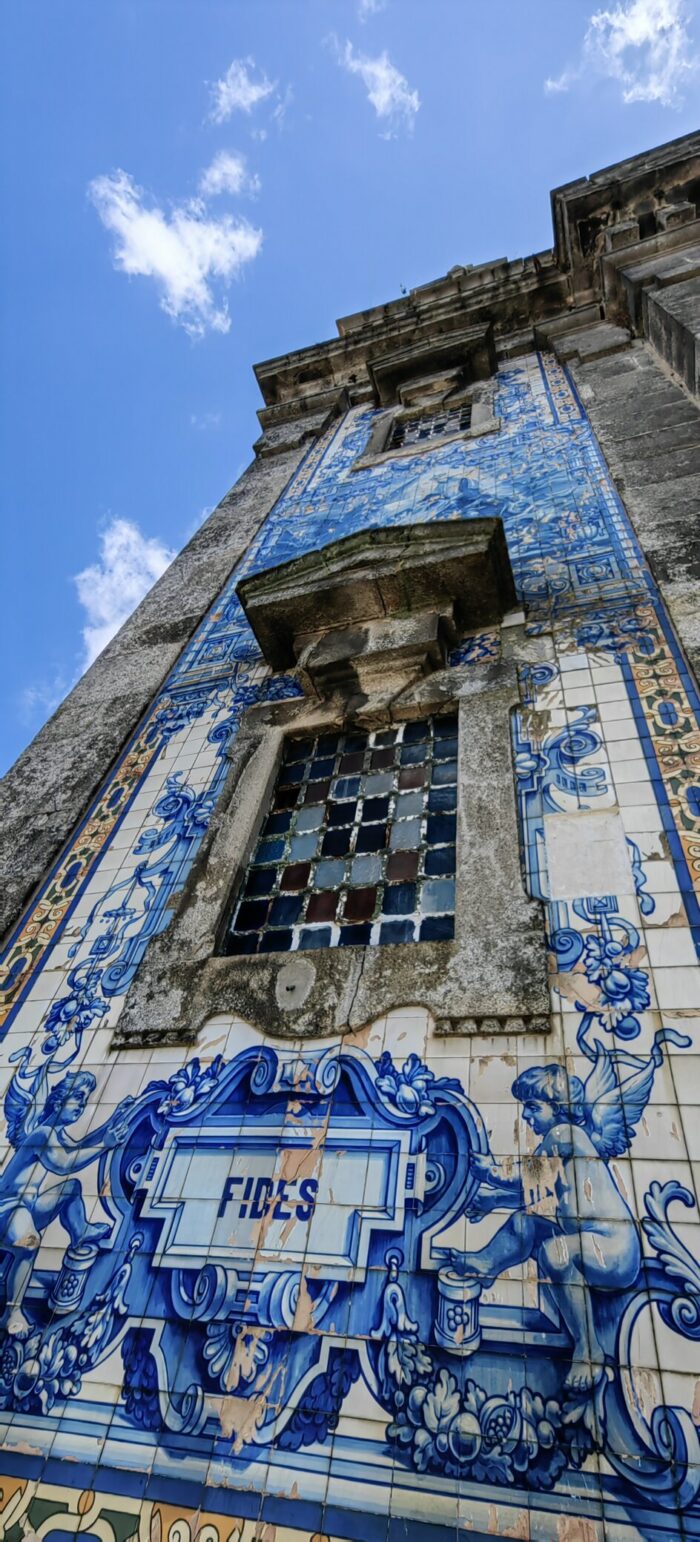The tiny Latin American country of Costa Rica is about the size of West Virginia, but contains 5% of the world’s biodiversity.
Costa Rica is #2 of 129 countries ranked for Environmental Sustainability according to the Energy Trilemma Index through the World Energy Council, from their most recent survey in 2014.
If these things sound too good to be true for a planet-loving, environmentally-conscious person like yourself, imagine if I said that Costa Rican cuisine is readily vegan.
During my ten-day trip through the forests and beaches of Costa Rica, I found that simply asking for a dish sin carne almost always magically transformed my plate into a delicious and vegan meal. I didn’t have to worry about my tacos being covered in cheese and sour cream; the staples of any dish were usually being rice and beans, served with a tortilla on the side and some serving of vegetables or salad.
Sun-ripened avocados were plentiful, and snacks usually consisted of some type of freshly-picked fruit from a local street vendor or farmers’ market. Grocery stores were always just around the corner, and we usually cooked whatever we wanted for dinner in our hostel’s kitchen.
If you want to vacation as a vegan without having to think about it, spend some time in Costa Rica laying by the beach, zip-lining, or hiking through waterfalls.
Here are 5 ways to enjoy being a vegan in Costa Rica:
1. Look forward to breakfast
Breakfast in the U.S. usually means a plate piled high with eggs, cheese, bacon, and buttermilk pancakes. Gallo Pinto is the traditional breakfast in Costa Rica, which means you’ll be getting your plate filled with rice and beans sautéed with vegetables and often served with a side of fried plantains. Not only is this national dish naturally vegan, it contains healthier fats and enough protein to get you through your morning.
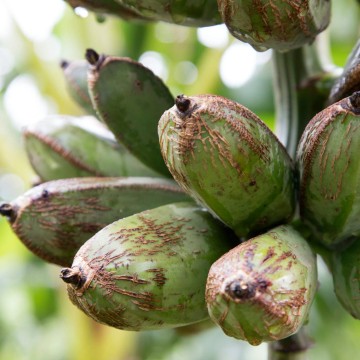
2. Stay hydrated with fruit
During my stay in Costa Rica, I had at least one smoothie a day, if not more. Their blended beverage of choice includes local and organic fruits (or a pre-blended fruit purée depending on where you go) and water – that’s it. No added sugars, yogurt, or honey. Non-dairy milks are also an option, but laying next to the ocean with a your favorite fruit in liquid form is all the refreshment you’ll need! Or if you prefer an even more natural approach, buy a coconut from a local street vendor, stick a straw in it and sip away.
3. Visit a coffee plantation
Coffee in Costa Rica is always offered con leche, but is usually served black with a touch of cane sugar. Coffee plantations across the country are open to tourists, and the one we went to in Monteverde also featured a chocolate tour. Unlike the chocolate we consume with milk and sugar (not vegan), true chocolate is roasted cacao seeds with a touch of cocoa butter (vegan!). So if you like coffee and chocolate that happens to be vegan, take a day and wander around a plantation to see how these things are made locally.
4. Order a casado for lunch
A casado is the most common dish to be found in Costa Rica, usually consists of some combination of meat, rice, beans, salad/vegetables, and fried plantains, although it is always offered vegetariano. A plate usually costs around $6 and I was never able to finish the whole thing by myself. Each dish was seasoned differently and never served with the same vegetables, so my taste buds were never bored!
5. Don’t sweat the Spanish
I was nervous first traveling to Costa Rica, as I didn’t speak any Spanish. How was I supposed to seek out vegan dishes if I didn’t know how to ask for them? I often find waitstaff in the U.S. being annoyed with my questions about whether a dish was cooked in butter or oil, has milk derivates or not. However, I quickly learned that Costa Ricans will often go out of their way to help you, and if they don’t speak English, they are happy to find someone who does. I only experienced one restaurant that was difficult to find a vegan dish, but the waiter stayed by our table and translated each dish on the menu to me until I could find something I was happy to eat. It’s easy to carry a translation sheet with you, but if you run into a potentially sticky language situation, don’t sweat it. Costa Ricans are very understanding!
Now that I’m back home, my smoothies have been simplified, my breakfasts diversified, and I can cross “see a sloth” off my bucket list. If you’re adventurous, love the outdoors, and don’t want to have to work at eating vegan, Costa Rica is your spot!
Have you been to Costa Rica? Would you like to visit some day?
More in travel: Vegan Travel in Southeast Asia
5 Budget Travel Tips to Take You Anywhere
7 Reasons to Visit the Real Mexico
Get more like this–sign up for our newsletter for exclusive inspirational content!
__
Photo: Courtney Theim

